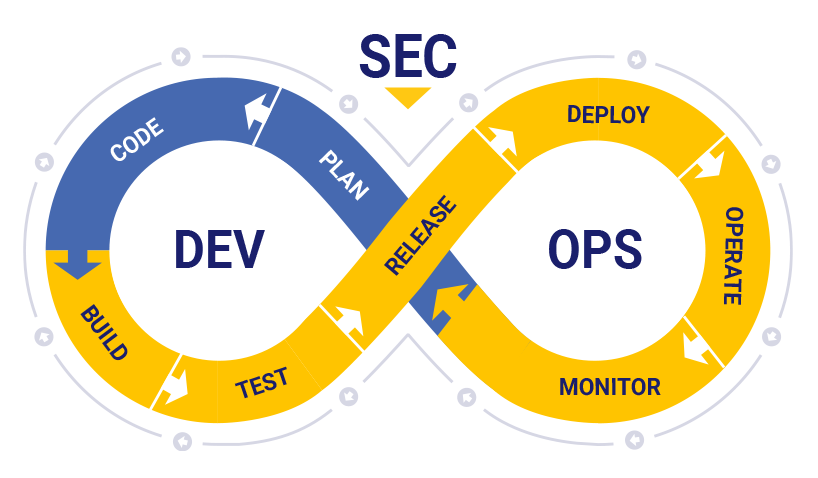Introduction
In today’s fast-paced technological landscape, organizations are constantly striving to accelerate software delivery while maintaining the highest level of security. One approach that has gained significant traction is the integration of Secure DevOps and Continuous Integration/Continuous Deployment (CI/CD) pipelines. This article will delve into the world of Secure DevOps and CI/CD pipelines, highlighting their importance and providing insights into building and maintaining a secure software delivery process.
Understanding DevOps and CI/CD
DevOps is a collaborative approach that combines software development (Dev) and IT operations (Ops) to streamline the software delivery process. It emphasizes frequent and iterative development, automated testing, and continuous integration and deployment. On the other hand, CI/CD is a set of practices that involve automatically building, testing, and deploying software changes to production environments. It ensures that code changes are thoroughly tested and seamlessly integrated into the existing codebase.
Importance of Security in DevOps
While the primary goal of DevOps and CI/CD is to enhance software delivery speed and efficiency, security should never be compromised. With cyber threats becoming more sophisticated and prevalent, integrating security practices into the DevOps workflow is of paramount importance. Security ensures the confidentiality, integrity, and availability of software systems, protecting them from unauthorized access, data breaches, and other malicious activities.
Building a Secure CI/CD Pipeline
Building a secure CI/CD pipeline requires careful planning and implementation. It involves integrating security controls and best practices throughout the software development lifecycle. Key steps include:
- Establishing robust access controls and authentication mechanisms
- Implementing secure coding practices
- Regularly scanning for vulnerabilities and addressing them promptly
- Utilizing secure infrastructure and deployment environments
- Encrypting sensitive data at rest and in transit
By incorporating these measures, organizations can ensure that their CI/CD pipelines are resilient against security threats.
Implementing DevSecOps Practices
DevSecOps is an extension of DevOps that emphasizes the integration of security practices into the entire software development lifecycle. It involves collaboration between development, operations, and security teams to proactively address security concerns. By integrating security from the start, organizations can identify and mitigate vulnerabilities early on, reducing the risk of security breaches in production environments.
Security Testing in CI/CD Pipelines
Security testing plays a crucial role in maintaining a secure CI/CD pipeline. It involves conducting various tests to identify and address security vulnerabilities. Some commonly used security testing techniques include:
- Static Application Security Testing (SAST)
- Dynamic Application Security Testing (DAST)
- Software Composition Analysis (SCA)
- Penetration Testing
By incorporating these tests into the CI/CD pipeline, organizations can identify and remediate security flaws early in the development process.
Continuous Monitoring and Remediation
Continuous monitoring is essential to ensure the ongoing security of a CI/CD pipeline. It involves monitoring the pipeline for any security vulnerabilities, anomalies, or unauthorized activities. Additionally, organizations should have a robust incident response plan in place to address security incidents promptly and efficiently.
Best Practices for Secure DevOps and CI/CD
Implementing secure DevOps and CI/CD pipelines requires adherence to best practices. Some key recommendations include:
- Creating a culture of security awareness and training
- Regularly updating and patching software components
- Performing regular security audits and risk assessments
- Implementing secure coding guidelines and standards
- Leveraging automation for security checks and controls
By following these best practices, organizations can significantly enhance the security posture of their DevOps and CI/CD pipelines.
Conclusion
In conclusion, Secure DevOps and CI/CD pipelines are essential for organizations looking to achieve both speed and security in software delivery. By integrating security practices into the DevOps workflow, implementing robust security controls, and conducting regular security testing, organizations can build and maintain secure CI/CD pipelines. Embracing a DevSecOps mindset and adhering to best practices will ensure the continuous security and success of software delivery in today’s rapidly evolving digital landscape.




